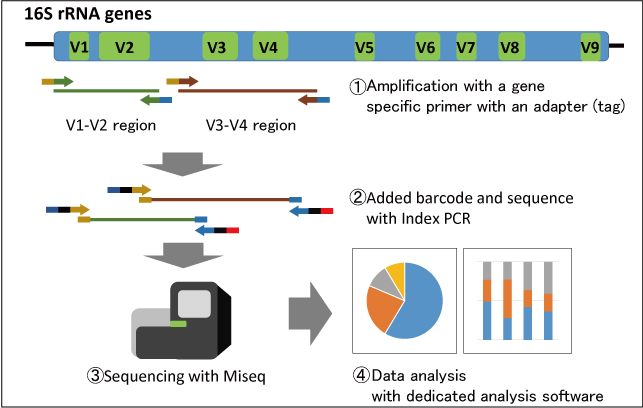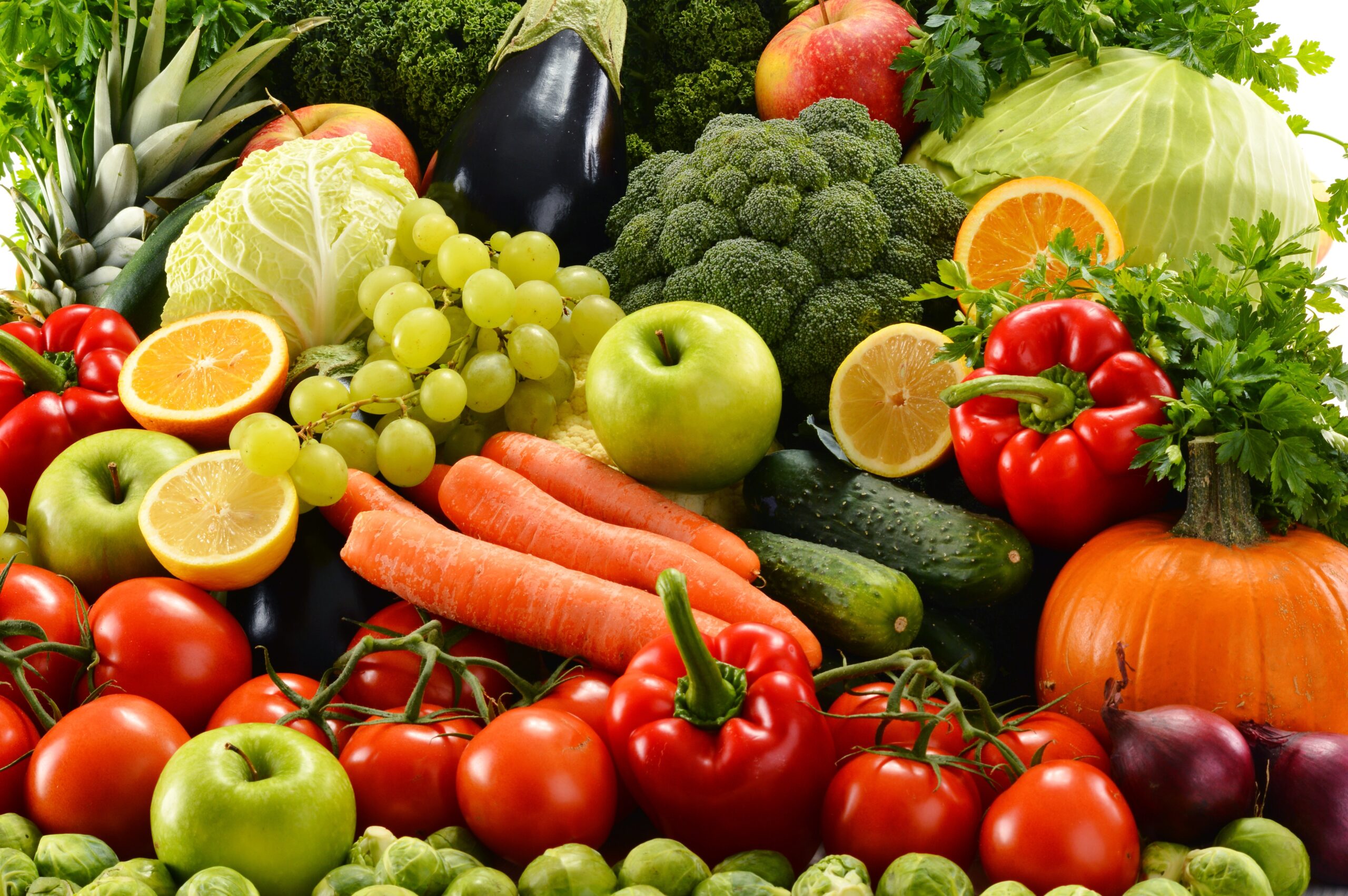Well, it has been quite a journey of care for, growing, loving on, and pitting our sibling starters against each other in a ‘who can rise faster and further’ race. However, our starters, the ones that we have come to care for so deeply have been shipped to Raleigh to be sequenced, and the results are . . .
I am just kidding . . . did I get you?
I do not quite have any results yet to share with you. The science that we all know and love is a little time consuming, but do not fear, while our starters are being officially sequenced, lets learn together about the sequencing that is being done on our beloved starters. That’s science-y and important and cool right!?!
So . . What Are We Sequencing Exactly?
Now this might come as a surprise to some, however, we are not sequencing all of the DNA that is found within our starters. We are actually sequencing a couple specific genes, one being the 16S rRNA gene, which is found in bacterial cells. Now, ribosomes are a significant part of every type of cell as they help and assist in the formation of proteins. The 16S rRNA gene encodes for the RNA portion of the ribosomal subunit in bacteria. The second gene that is being sequenced for is the ITS region, or the Internal Transcribed Spacer Region, found in eukaryotic organisms such as fungi.
Okay . . . So How Are Our Samples Being Sequenced?
In order to prepare the samples for sequencing, first the DNA had to be extracted from the starters, so they were placed in a tube with some glass balls and vibrated very vigorously in a vortex mixer for around ten minutes in order to break open all of the cells within the starter. Then further steps are taken in order to eliminate all of the cellular debris until there is only the DNA left for sequencing.
Now in order to sequence the DNA sample, small amounts (1 micrometer) of the extracted DNA from numerous samples are each placed in PCR tubes. Then we use PCR, or the polymerase chain reaction, to make numerous copies of the extracted DNA. Once that is done, unique and short sequences of DNA are added to each DNA sample in order to label each sample, almost as if we are giving them a barcode for identification. Once the molecular barcodes are added to each sample, all the samples are combined into one large sample and they are sent up to be sequenced. Once the samples are sequenced and analyzed using software to distinguish between all of the samples, since certain regions within the 16S rRNA gene vary between organisms, we will be able to distinguish which organisms are found within all the differing DNA samples from the starters. SUPER COOL RIGHT!
***Keep in mind that we are doing that exact same process for the fungal genes as well, but just looking at different genes, the ITS genes; it is still the same process for both genes.***

Now Lets Discuss Some Types of Metagenomic Sequencing
One type is called shotgun metagenomic sequencing and this is when we sequence all of the DNA from all of the organisms found in ones samples. The other type is called amplicon-based metagenomic sequencing, which means sequencing specific regions of DNA; this is the type of sequencing that we are using for our starters as we are sequencing only the 16S rRNA gene for bacterial cells and ITS regions for eukaryotic fungal cells. So in terms of logistical pros and cons for each of the types of sequencing, lets think big picture. Shotgun sequencing is great in terms of preparation, as none of that PCR stuff that we discussed above has to be done, all that has to be done is the intense vibrations and shaking with the glass balls in order to extract the DNA from the samples and discard of the other cellular debris; so that is a pro. In terms of cons, if we use shotgun sequencing we will have access to the entire genome, and thus if we are trying to look at a specific gene, we will have to poke and prod our way through a lot of DNA in order to find it which could make analysis rather challenging. Now lets think about the amplicon-based sequencing that we used to sequence our DNA. In terms of preparation, it is a rather lengthy and intricate process involving PCR as we discussed above and the molecular barcoding of specific genes thus making this taxing preparation process a con. However, once that is all taken care of and the DNA is sequenced, we have access to the exact genes that we need to look at, no fishing through DNA at all, its just right there for us to see and analyze so that is a pro right?
![]()
Okay so now lets use our big brains to think a little deeper . . .
Is one of these types of sequencing better than another? Can the possible experimental questions that I could ask differ from one type of sequencing to another? Well, those are good questions, are they not?
In my humble opinion, knowing the few things that I know about shotgun sequencing, being that random segments of DNA and all sorts of DNA fragments are just scattered around in a sample after conducting the shotgun sequencing, not only are some parts of DNA in a way lost, but it involves a database to identify the fragments, and that database has large amounts of its information contributed from amplicon-based sequencing. Now I know I said lets use our big brains for these questions but I did in fact do a super tiny bit of research and found information about a study that compared these two types of sequencing. What was found, in short words, is that amplicon-based sequencing was able to identify, from the same sample, double the amount of phyla, greater the number of bacterial families, and portray more accurately the richness, abundance, and community composition of the sample than did the shotgun sequencing. And guess where all that information could go, into databases. At this point, with how much more developed amplicon-based sequencing is than shotgun sequencing, with all of its thoroughness and true ability to contribute to databases, I would say that maybe amplicon-based sequencing is better.
So, about the questions, since amplicon-based sequencing is so much more thorough and in depth, you could ask experimental questions about the community composition of the sample, compare gene sequences in differing organisms, and ask much more in depth and specific questions than you could with shotgun sequencing. To me, when it comes to the idea of what types of experimental questions you could ask in terms of each type of sequencing, its not as much about ‘versus,’ as it is about the limitations of what one could ask when looking at DNA after being shotgun sequenced. While there are broader questions one could ask with the aid of shotgun sequencing that one could possibly not quite ask with amplicon-based sequencing, there are hundreds of more questions that can more specifically define a population and differences within DNA or genes that once can ask with amplicon-based sequencing that one can more with shotgun sequencing simply because of its thoroughness.
WOWZA! That Was A Lot! SO What Questions am I Curious About Asking in Terms of Our Samples?
Okay, last chunk of word that you have to read I promise, and I will try to keep it shorter and bigger picture. What am I curious about?
- Is there a microbe that is found within all of the fast rising starters that differs them from other, slower rising starters? (meaning are there microbes specific to that of being a quickly rising starter)
2. As a lover of citrus, are there microbes specific to that of the citrus starters and only citrus? (I want to know if there are fruit or citrus specific microbes that are not found on other fruits)
3. (I know that this was sort of an example provided as an example in the moodle site but . . .) As my cucumber starter started to smell like red wine during the last few days before I brought it to Raleigh, I was to know if there is a specific microbial community that causes that alcoholic smell. (which microbes cause the alcohol smell, is it only specific fruits?)

Well, that was in fact a lot of words. But I thank you for science-ing with me and reading my blog post. I hope that this post was interesting as you learned about yet another part of the lives of our sourdough starters and their precious DNA and microbial communities. Thank you again, and I hope that you all will join me next week as we continue to science!!!
Sources:
https://www.repertoire.co.jp/en/research/technology/16srrnainfo/
https://www.researchgate.net/figure/The-difference-between-shotgun-metagenomics-and-amplicon-based-metataxonomic_fig1_320526703
https://www.inlander.com/Bloglander/archives/2017/07/20/strategies-to-delay-dementia-more-benefits-of-fruits-and-veggies-and-checking-out-camaros-for-a-good-cause
Moodle site and video